Optimizing Period End GL Balance Sheet Account Reconciliation
Evolution of account reconciliation solutions
Software solutions dealing with account reconciliation have been around since the 1960s. Originally developed on mainframes, they were designed to automate the ‘ticking and tying’ of transactions to ensure that they matched. To some extent they replaced human resources, with ever increasing labor cost, performing those tasks and making inevitable errors. They drove cost savings and operational efficiencies. As software developers started to embrace client server technology so the functionality of these reconciliation platforms evolved, often adding in features to assist with addressing any exceptions or breaks that came out of the matching process.
It was not until much later – in the earlier part of this century – that a different facet of reconciliation emerged as a key requirement for many organizations either through legislation (e.g. the United States’ Sarbanes-Oxley Act (SOX) which followed various corporate financial scandals such as Enron), or through plain good old financial governance. Welcome to period end GL balance sheet reconciliation.
Suddenly businesses faced two very different types of reconciliation. On the one hand, there is a need to perform a much more transaction focused, possibly daily (dependent upon volumes), reconciliation, e.g. the bank account reconciliation; on the other there is a need to verify account balances in the general ledger, the primary book of record.
The traditional reconciliation software vendors had one type of solution – let’s call it transaction-matching-based reconciliation for now; new software providers emerged to satisfy the other, newer need for balance sheet reconciliation. The former set of products based their high costs justification upon automation and associated cost savings; the newer products cited legislative or regulatory needs. We will come back to this later in article.
Benefits of automated account reconciliations
So why automate you ask yourself? Why use technology for a process that, at most, happens once a month and often with less frequency for certain lower risk accounts? In all honesty, unless the software is free, it’s unlikely to be for immediate direct labor efficiency gains.
Control & auditability of monthly account reconciliations
However, it is for control and auditability. Today we need to prove that what should have happened actually did happen, and when it happened (was it on time?). We need to clearly identify who was involved in the process. We need to have visibility into any supporting facts and documentation. And, most important of all, we need to have documented accountability.
Explaining the account balance differences & risk identification
Businesses today need a software solution that clearly identifies which accounts need reconciling by their risk factors. One that has a defined workflow for explaining any differences and maintaining a complete audit trail of everything. An online solution that captures digital sign-off at each significant stage of the process, and allows us to be both compliant and efficient.
Proper documentation, regulatory compliance, and account reconciliation workflows
Sure you can track some of this in a spreadsheet, but where is all the supporting documentation? Can you detach it? Does that mean you still have to print reconciliations and manually pass them through a workflow gathering paper-based signatures? What happens when an auditor or compliance officer asks for evidence? Where is the spreadsheet, the supporting information, the paper signatures?
The case, therefore, for automating the whole period end reconciliation cycle using proven software is strong. Not only do risk management and compliance protocols justify it, but, when you factor in all the more hidden costs of maintaining a manual environment, the operational efficiency argument likely stands up too.
Transaction matching or balance sheet account reconciliation
And so here we return to the dilemma. The traditional software vendors have been used to charging a lot for their often legacy based matching solutions. They don’t really get the period end stuff as well as they do the daily automation, and they struggle to deliver all of this at a price point that doesn’t jeopardize their hefty license fees. The newer entrants get the period end stuff, but struggle to handle the daily matching and exception management capabilities, and often cannot handle the volumes of larger organizations.
And the people who suffer are the businesses getting on with all of their reconcilements. They either compromise with two solutions: non-integrated, different set-up and administration, varied end user interfaces; or they end up with weak functionality on one side or the other.
The Total Reconciliation Lifecycle solution
What the business world has been demanding is a platform that does not force these compromises or have people reverting to semi-manual Excel and paper-based activities for some of their needs. That is until now. Welcome to the ReconArt™: designed to handle, in one modern web-based solution, robust yet highly cost effective functionality to handle everything from daily to those key period end GL account reconciliations.
Welcome to the Total Reconciliation Lifecycle™ solution.

 follow our blog
follow our blog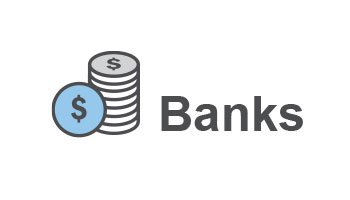
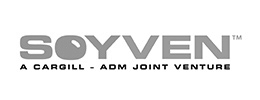

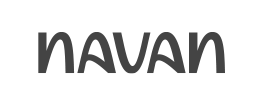






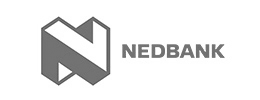


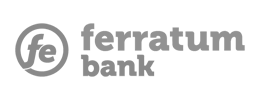


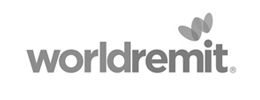






 Quick response
Quick response

